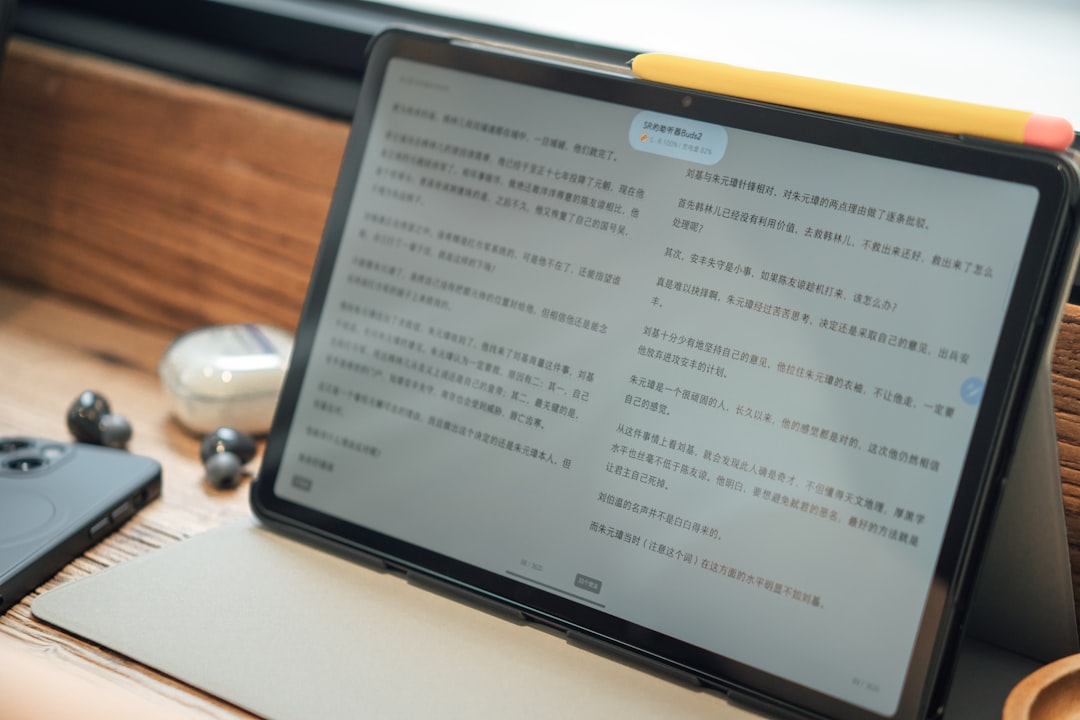AI Scribe: Transforming Note-Taking and Content Creation with Intelligent Automation

In an era where time is the most coveted currency, the art of capturing thoughts quickly and turning them into coherent, digestible content has never been more essential. Enter AI Scribe—a revolutionary application of artificial intelligence that is transforming how individuals and organizations take notes and create content. From students and educators to marketers and corporate teams, AI Scribe is streamlining communication, enhancing productivity, and changing the way we think about words on a page.
The Evolution of Note-Taking
Note-taking has come a long way from pen and paper. Over the decades, we’ve seen a shift from handwritten logs to digital documents, then to cloud-based collaboration platforms. But nothing has accelerated or transformed the process like intelligent automation driven by AI. Traditional note-taking requires attention, speed, and the challenge of synthesis in real-time. AI Scribe overcomes these limitations by automatically recording, organizing, and summarizing input with contextual understanding.
Imagine attending a fast-paced lecture, a brainstorming session, or a high-stakes meeting and not having to scribble down notes furiously. Instead, an AI-powered tool listens, transcribes, and even summarizes the key points for you—organized with time stamps and themes. That’s no longer a dream; it’s the everyday reality with AI Scribe.

How AI Scribe Works
At its core, AI Scribe uses natural language processing (NLP), speech recognition, and machine learning algorithms to convert audio or text input into structured content. Here’s a simplified step-by-step breakdown of how the system typically works:
- Data Capture: The tool begins by capturing spoken or typed input, often in real-time. This could be during a live meeting, class, or dictation.
- Speech-to-Text (STT): High-accuracy speech recognition converts voice into text with attention to punctuation and formatting.
- Semantic Analysis: NLP algorithms analyze the context and semantics to identify key ideas, categorize sections, and generate summaries.
- Content Organization: The tool then formats the content into organized notes or fully-formed articles, highlighting important points, questions, or action items.
- Customization: Users can train the AI on their specific industry or vocabulary, allowing more tailored outputs.
The result? Intelligent content that’s ready for review, distribution, or publication—without the manual effort.
Applications Across Industries
AI Scribe isn’t just a fancy dictation tool—it’s a scalable solution with applications across countless industries, including:
- Education: Students and teachers benefit from real-time lecture transcription, study guide creation, and note summarization.
- Corporate: Teams can record meetings, generate action item lists, and automatically create follow-up emails or reports.
- Healthcare: Doctors can dictate patient notes hands-free, ensuring compliant and accurate records without sacrificing bedside manner.
- Media and Journalism: Reporters can convert interviews into publishable stories faster than ever before.
- Legal: Lawyers and paralegals can create case summaries, transcribe depositions, and organize evidence documentation efficiently.
Everywhere content matters, AI Scribe has a role to play.
Content Creation Made Simple
Beyond taking notes, one of the most powerful uses of AI Scribe is content creation. Whether you’re drafting a blog post, video script, white paper, or social media campaign, AI Scribe can assist in any part of the writing workflow. Here’s how:
- Idea Generation: AI can suggest headlines, content angles, or outlines based on your topic or goals.
- Drafting: With just a few prompts, the tool can generate well-structured paragraphs, articles, or bullet points.
- Editing: It checks grammar, enhances style, and optimizes content for readability and engagement.
- Personalization: AI Scribe allows you to set the tone, voice, or format to match your brand requirements.
Gone are the days of writer’s block. With AI assistance, creators can focus on storytelling and strategic thinking while the tool handles the mechanical aspects of writing.

Advantages of Using AI Scribe
Why are so many professionals turning to AI Scribe? Below are some core advantages:
- Time Efficiency: Reduce manual note-taking and drafting time by over 50%.
- Accuracy: AI systems continuously learn and improve, often generating cleaner transcripts than human recorders.
- Consistency: Maintain a consistent voice and formatting across teams and projects.
- Accessibility: Transcripts and content can be translated, reformatted, or repurposed easily, adding value to every word captured.
- Collaboration: AI Scribe integrates with tools like Slack, Zoom, Notion, and Google Docs—making it seamless to share insight across platforms.
Challenges and Considerations
While AI Scribe offers numerous benefits, it’s important to consider some challenges:
- Data Privacy: Sensitive discussions or proprietary information should be protected when using automated tools. Opt for platforms with strong encryption and compliance features.
- Contextual Nuance: AI can sometimes miss sarcasm, cultural references, or subtle meanings that humans would easily detect.
- Over-Reliance: Some users may become too dependent on AI-generated content, potentially reducing their critical thinking or writing skills.
However, as AI evolves, many of these limitations are being addressed through improved training models, ethical guidelines, and user education.
Future Outlook
The trajectory of AI Scribe and similar tools is nothing short of exponential. With advancements in generative language models, integration with augmented reality (AR), and brain-computer interface experiments on the horizon, the act of “taking notes” might disappear altogether. Instead, real-time knowledge curation may become the new norm.
Some researchers envision a future where AI not only helps document conversations but also contributes to them—surfacing related research, contradicting arguments, or even suggesting next steps in real-time. The line between human cognition and machine scripting will blur, not to replace the human mind but to augment it.
The Human-AI Collaboration
It’s crucial to understand that AI Scribe doesn’t aim to replace the creativity or intuition of human thinkers. Instead, it augments our abilities. By offloading rote tasks like transcription and summarization, we free ourselves to be more analytical, creative, and empathetic.
Think of AI Scribe as a powerful intern—always listening, always learning, never sleeping. It takes the legwork out of documentation and content creation and empowers us to focus on problem-solving, strategy, and big ideas.
Conclusion
The pen may be mightier than the sword, but the AI Scribe is mightier than both in the modern workspace. With intelligent automation leading the way, the boundaries of content creation, note-taking, and communication are being redefined. Whether you’re a student, a team leader, or a content creator, embracing AI Scribe might just be the smartest move you make this year.
As with all technological shifts, the key isn’t in resisting change—but in learning how to ride the wave. AI Scribe isn’t just a tool—it’s a partner in your productivity journey.
